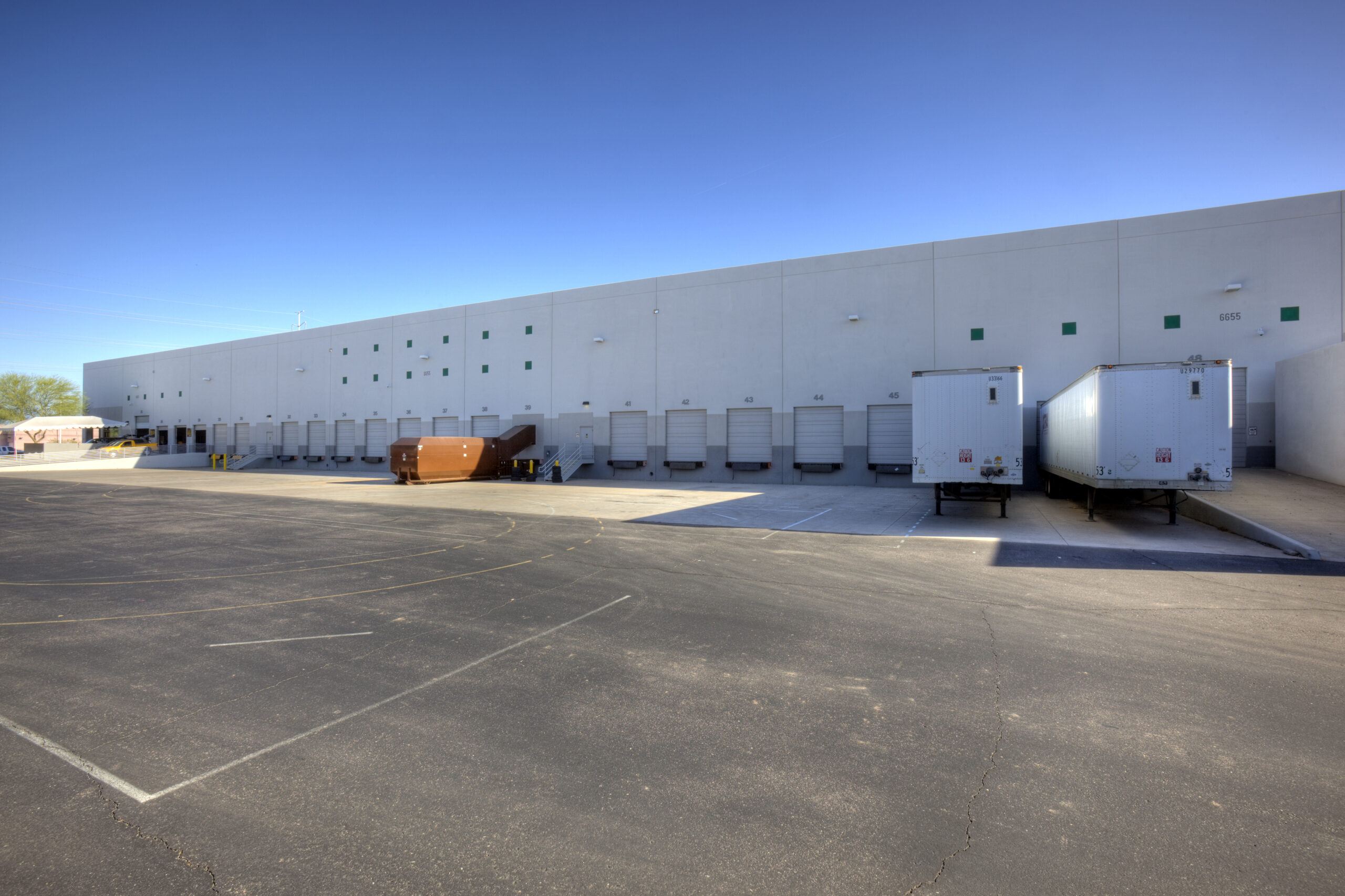Few things get many taxpayers more worked up than the concept called economic development. Bringing new employers to a community and encouraging existing businesses to expand boosts the local economy, which is why it’s a priority for many communities. Unfortunately, misunderstandings about the tools local government uses often lead those taxpayers to believe residents are being shortchanged and overcharged by what many call corporate welfare.
I’ve previously written about the myths surrounding tax abatements. In short, they reduce – not eliminate – taxes. Not only do they not steal taxes from local schools, they generate substantial tax revenue for schools and other local governments. Only a small percentage of abated buildings is vacant at any given moment. Most companies don’t leave when their abatements expire. Without the abatements, those companies would have invested in another community instead of yours. Most important, without the development tax abatements encourage, local homeowners would nearly always pay higher property taxes.
Another source of misunderstandings involves what’s known as Tax Increment Financing (TIF). In short, TIF uses future tax revenues that will be generated by new development to cover the cost of the infrastructure needed to make that development possible.
Suppose a developer wants to transform a 500-acre parcel into a site for warehouses and similar types of development. Before the developer can turn the first shovel of dirt, infrastructure to serve the site – roads, water mains, sanitary sewers, stormwater management, and more – needs to be in place. Your town (or the county) owns the infrastructure we all share, so it would be responsible for constructing all those elements. As one of the town’s taxpayers, you would be expected to pay for all that construction to benefit someone else’s property through higher taxes.
Instead, the town creates a TIF district encompassing the project area. The TIF district issues bonds to cover the cost of building all that infrastructure. As buildings are added to the TIF district, any additional property tax revenue they generate (based on the local tax rate) is used to pay off the bonds, typically over a 25-year period. In other words, the property owners within the TIF district pay property taxes, but those new taxes go to pay off the bonds instead of being lumped in with the rest of the community’s property tax revenue. Once the bonds have been fully paid at the end of 25 years, the TIF district is abolished, and the community starts collecting all of the property taxes from the former TIF district, just as it does from other landowners.
Most TIF districts are structured to collect more tax revenue than is directly needed to make bond payments, and a town can use that excess revenue to accomplish anything that falls under the state’s broad definition of infrastructure. For example, Plainfield has used its excess TIF revenues to build municipal facilities such as fire stations and trails, help meet the technology needs of local schools, and upgrade local roads and parkland – all without increasing property tax rates for homeowners. The warehouses in the TIF districts are essentially paying for projects that benefit the entire community. It’s an approach that allowed Plainfield to lower its total property tax rate by 10 percent between 2017 and 2024.
In other words, homeowners and other taxpayers don’t pay higher taxes as a result of TIF districts. As in Plainfield’s example, they will likely pay a little less in the near term – and significantly less when the TIF district expires. And the businesses within the TIF district pay their fair share of property taxes throughout, so I sure won’t call it corporate welfare.
